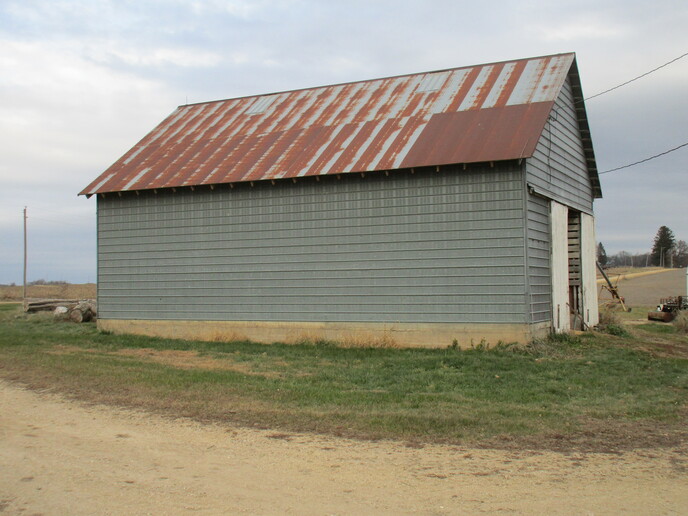i ve never used a belt,from a tractor to power a piece of equipment,
how is it done? does any one still use one? differant belt for differant machines? or same size?
how do you line it up? how does it stay on the pully?
does it streach? i ve seen a few pictures, some belts are use twisted, and some straight?
thanks for your help!
how is it done? does any one still use one? differant belt for differant machines? or same size?
how do you line it up? how does it stay on the pully?
does it streach? i ve seen a few pictures, some belts are use twisted, and some straight?
thanks for your help!


